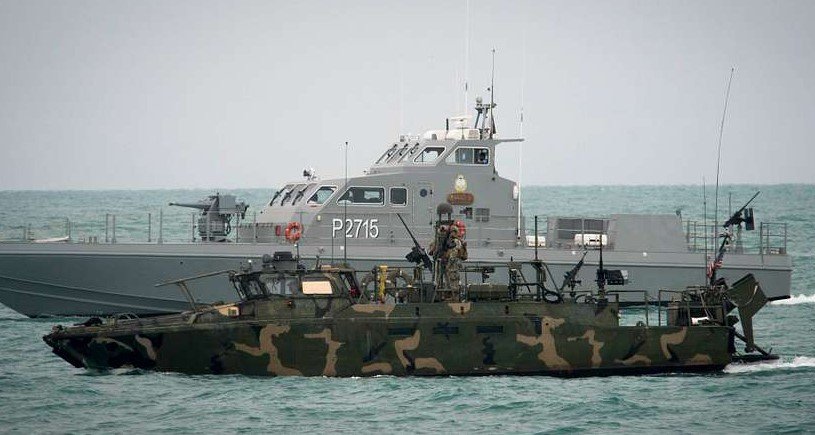A five-day joint naval exercise between Egypt and Kuwait wrapped up this week, underlining both nations’ deepening military coordination and shared focus on maritime security. But it wasn’t just about warships and drills—off the water, high-level economic talks hinted at a broader strategy to solidify regional alliances.
The exercise, dubbed KWT-EGY-2, was conducted from July 13 to 17 at Kuwait’s Mohammad Al-Ahmad Naval Base, and ended on a high note with both navies praising the outcomes.
Drills at Sea: A Show of Unity, Strategy, and Readiness
The goal was clear—train together to act as one.
Both navies engaged in a range of tactical operations, including field exercises, live simulations, and technical workshops. These weren’t just for show; they were crafted to synchronize operational doctrines and sharpen real-world responsiveness.
One Kuwaiti defense official noted, “It’s not enough to have powerful equipment—you need to know how to operate jointly, swiftly, and smartly.”
And that’s what KWT-EGY-2 was all about.
For Egypt, it’s part of a broader Mediterranean-to-Gulf military engagement strategy. For Kuwait, it represents a concrete investment in regional naval stability—particularly crucial as maritime security continues to dominate Gulf defense priorities.

Egypt’s Naval Presence Keeps Expanding
Egypt’s navy has been growing steadily, not just in size but in reach. From the Red Sea to the Arabian Gulf, Cairo has been stepping up its partnerships and joint exercises with countries across the Middle East and North Africa.
Last year alone, Egypt participated in dozens of bilateral and multilateral naval drills—with France, Saudi Arabia, and the UAE, to name a few. KWT-EGY-2 is part of this bigger picture.
This time around, Egypt’s delegation reportedly included new-generation corvettes and special ops teams, further raising the level of interoperability between the two nations.
One sentence here—Cairo’s navy is sailing in more places than ever before.
Behind the Scenes: Finance Ministers Chart Economic Pathways
While the naval drills grabbed headlines, another meeting unfolded quietly in Kuwait City—and it could have just as much long-term impact.
Kuwaiti Finance Minister Noura Al-Fassam hosted Egypt’s Kamel Al-Wazir, who serves as Deputy Prime Minister for Industrial Development and Minister of Transport and Industry. Their agenda? Strengthening economic and investment ties.
They were joined by Sheikh Saud Al-Sabah, Managing Director of the Kuwait Investment Authority (KIA), and Egyptian Ambassador Osama Shaltout.
Points reportedly discussed:
• Boosting joint investment in infrastructure and logistics
• Expanding cooperation in industrial manufacturing and ports
• Exploring development finance for strategic sectors in Egypt
KIA has been particularly active in the MENA investment corridor lately, and Egypt—battling economic pressures—is keen to position itself as a destination for Gulf capital.
Why These Talks Matter Now
The military coordination and economic talks weren’t scheduled randomly. They reflect a tighter Egypt-Kuwait alignment in a region where alliances are being constantly tested and recalibrated.
For Egypt, grappling with debt, inflation, and IMF reforms, Gulf partnerships are lifelines. For Kuwait, deepening ties with Arab neighbors helps buffer against broader geopolitical risks.
The convergence of military drills and financial diplomacy this week speaks volumes.
And this wasn’t just symbolic. Officials from both ministries reportedly agreed to form technical task forces to fast-track project vetting and regulatory coordination—especially in energy and transport.
Regional Implications Go Beyond Just Two Countries
The timing of KWT-EGY-2 also matters. The Red Sea shipping lanes have seen increased security threats over the past year. Meanwhile, the Suez Canal, a vital artery for global trade, remains one of Egypt’s highest-value assets.
Closer military ties between Cairo and Gulf capitals signal a collective intent to protect shared maritime interests.
And let’s not ignore the growing role of joint exercises as diplomatic tools. They offer a way to signal unity, test logistics, and build trust—all without firing a shot in combat.
One sentence here—sometimes drills say more than speeches.
